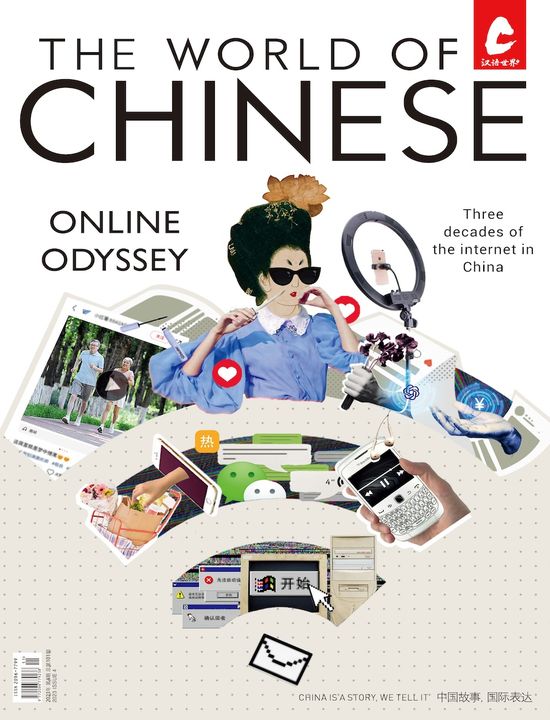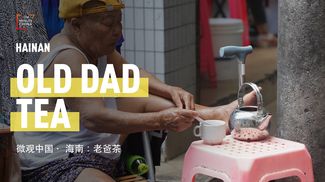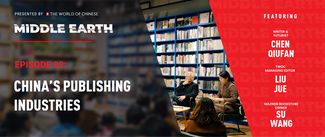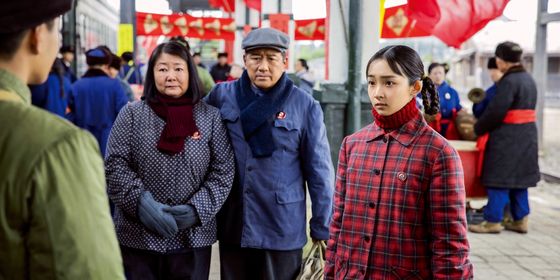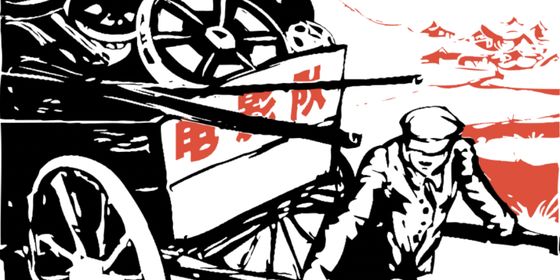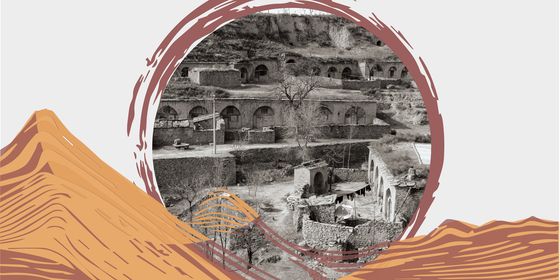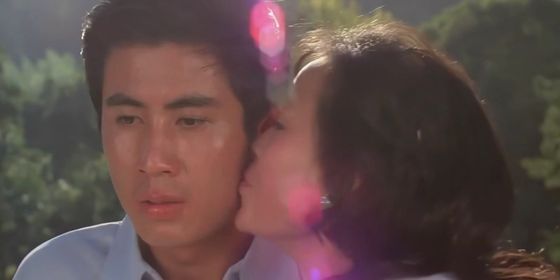Why is China’s Northeast such a fertile setting for film, music, and literature?
In 2019, a chance encounter in a dance hall spawned a song viewed by billions. That year singer-songwriter Liu Shuang met an elderly man in China’s northernmost city, Mohe, and decided to write a song based on the man’s tragic story: losing his wife in a fire in the 1980s, and returning alone to the old haunt where they used to dance together.
But Liu never expected “Mohe Ballroom” would go viral. With 2 billion views on Douyin (the Chinese version for TikTok) as of November 2021, the song became the latest icon of China’s “Northeastern Renaissance (东北文艺复兴),” a loose genre of literature, music, film, and TV shows set in China’s three northeastern provinces—Liaoning, Jilin, and Heilongjiang—collectively known as “Dongbei.”
The phrase was etched into the popular imagination in 2019, when Jilin-born singer Dong Baoshi used it on a comedy show to poke fun at the success of his song “Wild Wolf Disco.” In the following years, the “Northeast Renaissance” label has been applied to almost every successful work about Dongbei.
In some ways, the works categorized under the Northeast Renaissance are very different: from the gritty 2014 crime film Black Coal, Thin Ice, which explores a series of grisly murders, to the light-hearted TV series Country Love (2006), describing trifling matters in rural life. But there are some shared elements: freezing temperatures; abandoned industrial plants and factory towns; and an atmosphere of despair and stagnation, stemming from the job losses due to deindustrialization in the 1990s and the subsequent rise in crime, violence, and alcoholism.
These seem to have formed a fixed set of archetypes for all Northeastern narratives, whether they are played straight as in the noir-ish Black Coal; for irony, as in comedies like Country Love; or even for nostalgia like in “Mohe Ballroom” or the film Manchurian Tiger (2022) by Heilongjiang-born director Geng Jun, which are part of a more recent, self-aware generation of Dongbei-themed works that consciously play up well-known Dongbei tropes.
It isn’t clear why Dongbei in particular has attracted so much attention in literature, film, and art. Its past could be one clue. “The Northeast has experienced the transformation from prosperity to decline, which makes it a natural cradle for literature and art,” says Li Zhuang, a poet, novelist, and researcher at the China Writers Association. “Chinese people say, ‘Poets create the best works in suffering.’”
Dongbei’s glory days in the 1950s make the region’s subsequent slump look even bigger, and thus more tragic. The three northeastern provinces produced steel, coal, petrochemicals, and machinery for the whole nation. The region enjoyed respect as the birthplace of China’s industrial development. Skilled workers relocated there along with state industries, and enjoyed some of the best wages, food, job security, and educational and health resources in the country.
Film was one major industry that flourished in Dongbei. The Changchun Film Studio (CFS), founded in Jilin province in 1955, attracted some of the country’s best directors, actors, and film technicians to the region. Since the 1950s, the CFS has produced over 1,000 original feature films and 1,000 dubbed films, including the PRC’s first animated film A Sure Catch (1948), its first feature film Bridge (1949), and its first dubbed film Private Aleksandr Matrosov (1949).
But ironically, among all those films, you won’t find any plots typical of the “Dongbei movie” style. “When Dongbei was prosperous, they didn’t contribute works that could represent the Northeast,” says Li. “It is its decline, instead of its prosperity, that spawned a bloom of literature and art.”
The mass layoffs of the 1990s left millions unemployed. In 2002, director Wang Bing released one of the prototypical Dongbei films: West of the Tracks, a nine-hour documentary (released in three parts) which explores the decay of the industrial Tiexi district of Shenyang, the capital of Liaoning, through the routine lives of soon-to-be laid-off workers and their families. The film won several international awards including at the Marseille International Film Festival, and was influential in the movie business, though it wasn’t publicly shown in China.
Rustbelt Renaissance: China’s Post-Industrial Northeast Rises Again in Film is a story from our issue, “Public Affairs.” To read the entire issue, become a subscriber and receive the full magazine. Alternatively, you can purchase the digital version from the App Store.
